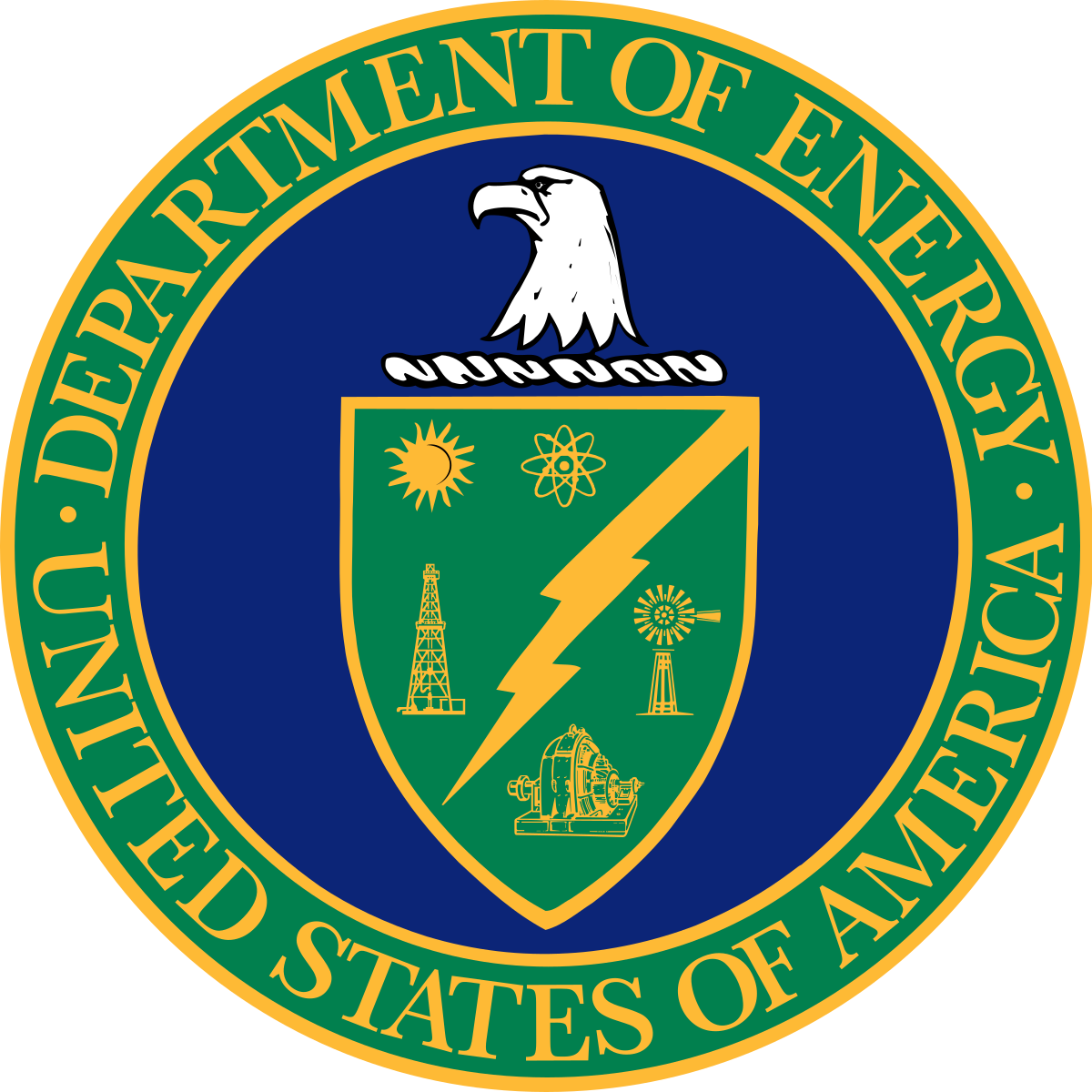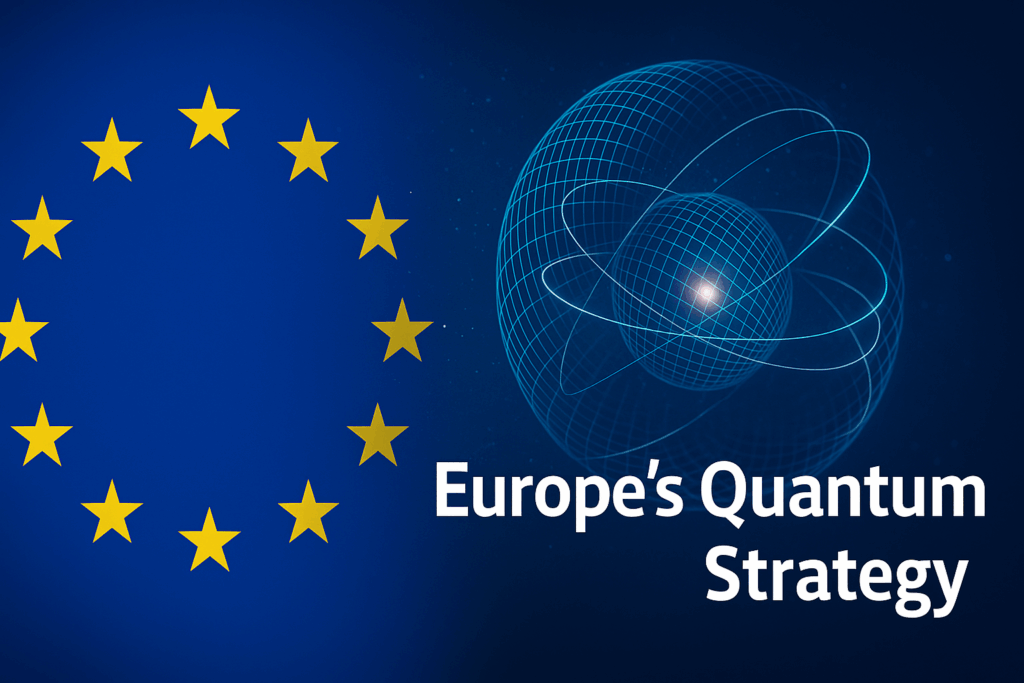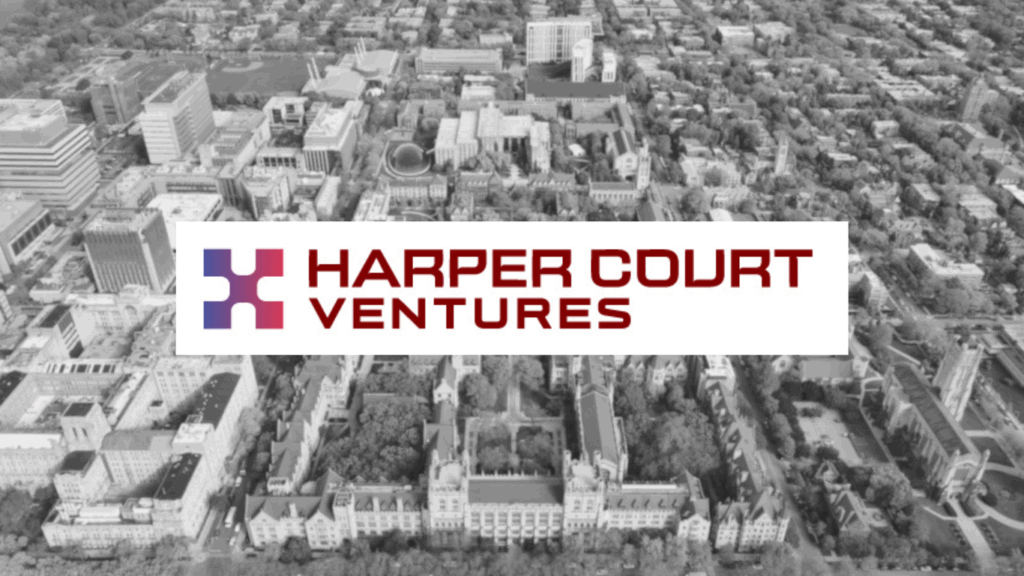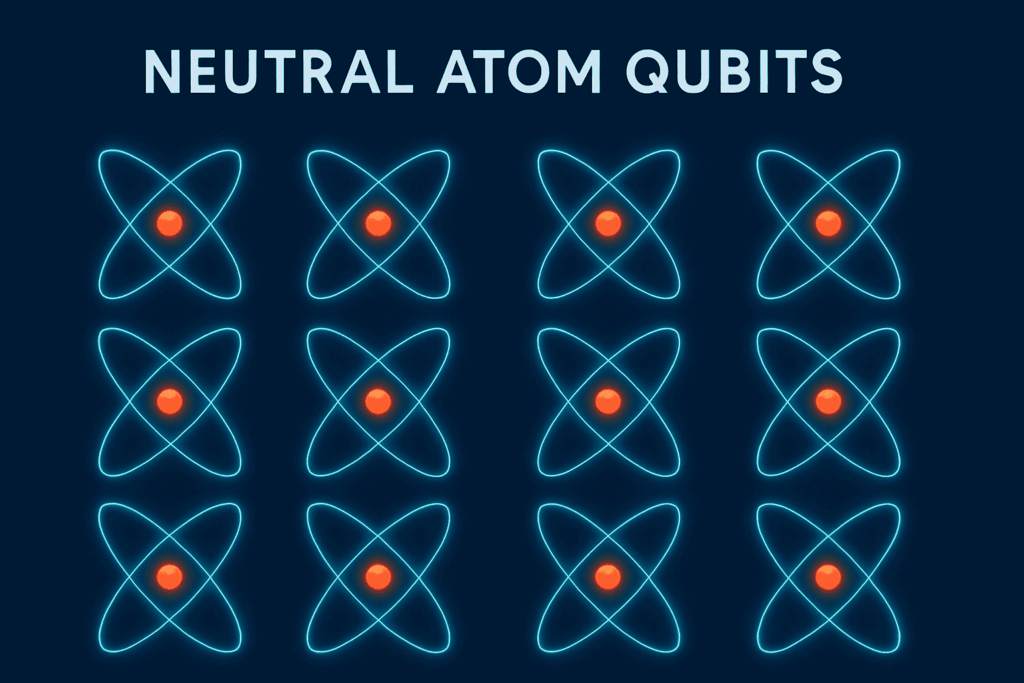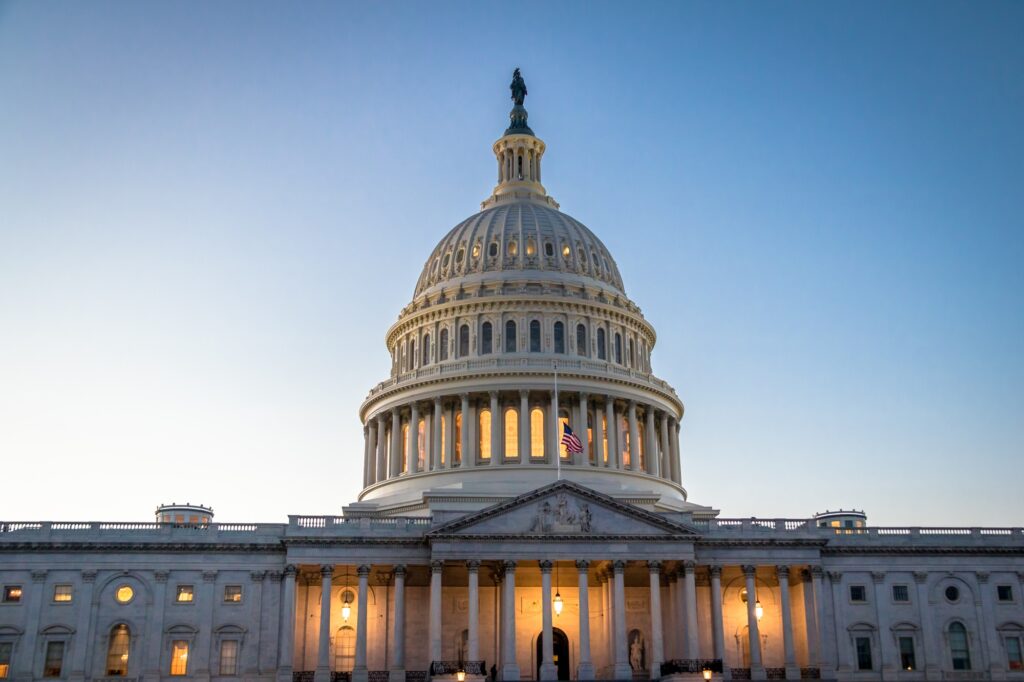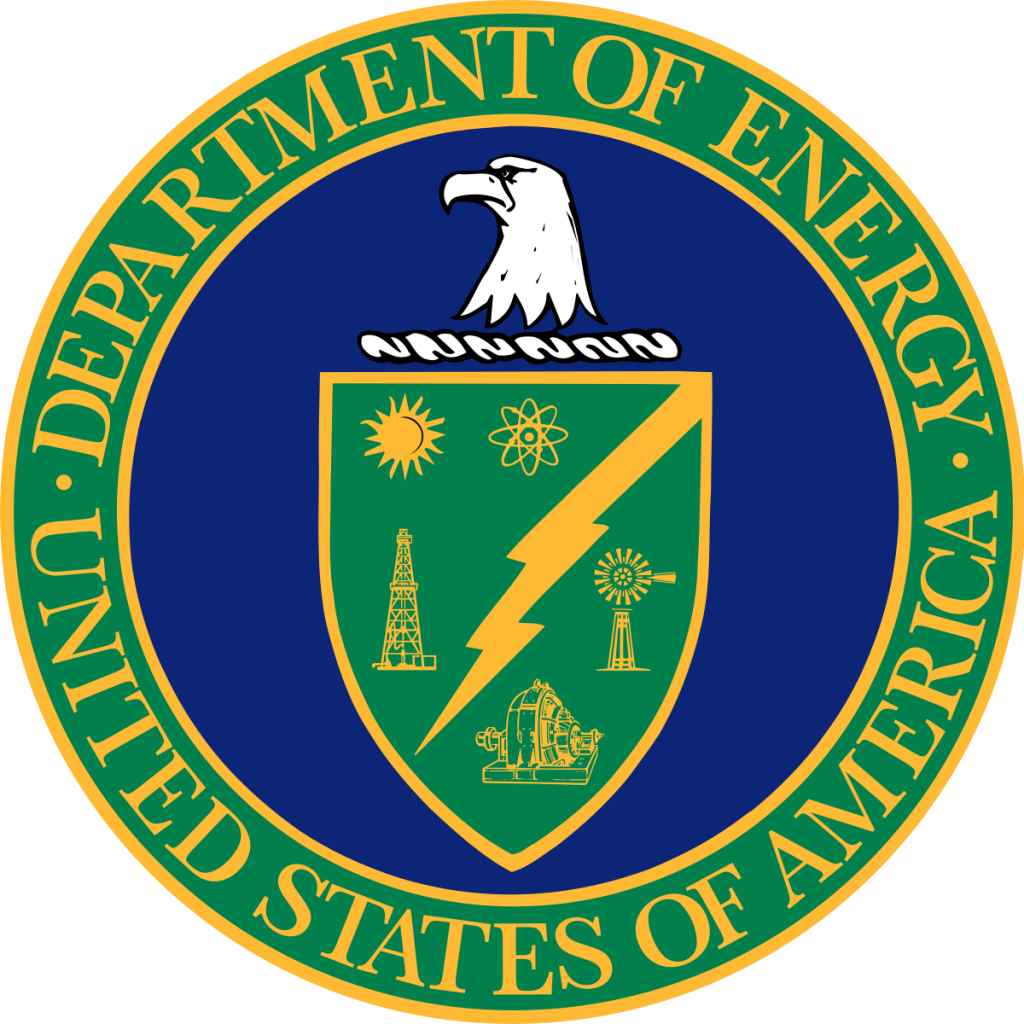
The U.S. Department of Energy (DOE) recently announced plans to provide $30 million for Quantum Information Science (QIS) research that helps scientists understand how nature works on an extremely small scale—100,000 times smaller than the diameter of a human hair. QIS can help our nation solve some of the most pressing and complex challenges of the 21st century, from climate change to national security. Watch this video to learn more about QIS.
“Quantum computing and devices are poised to revolutionize the way we process information and develop new technologies that are currently beyond our reach,” said Secretary of Energy Jennifer M. Granholm. “From developing novel materials to building better batteries to moving clean electricity across the country more efficiently, the field of quantum information sciences can help us accelerate discoveries to solve complex problems in energy and beyond.”
QIS helps researchers discover new ways to measure, analyze, process, and communicate information. Potential applications for this work range from quantum computers to enable complex power forecasting to prevent outages during extreme weather events, to quantum devices to enable new smart windows, clothes, and buildings that can change their properties on demand.

“Quantum information sciences have become essential tools for our National Labs to take on the challenges of the modern world,” said Senator Ben Ray Luján. “This strong investment in the Department’s NSRCs will support their cutting-edge discoveries and strengthen America’s competitiveness in this emerging field. The Nation’s future is inextricably tied to the future of our National Labs, and I will keep working to ensure that they receive the necessary resources to support their invaluable work.”
“The U.S. is a world leader in high-tech innovation and jobs. This investment will help ensure we continue to build on our record of achieving advancements in quantum computing research and development and the high-paying jobs it creates,” said Senator Steve Daines.
DOE’s “Quantum Information Science and Research Infrastructure” $30 million funding opportunity is focused on developing advanced capabilities for synthesizing, constructing, and understanding quantum structures and phenomena, as well as making these capabilities available to the greater scientific community via access to DOE’s five Nanoscale Science Research Centers (NSRCs).
The five NSRCs were established by DOE’s Basic Energy Sciences (BES) program in the Office of Science, and provide access to leading-edge synthesis, characterization, computational tools, and scientific expertise. Their research supports DOE’s mission to advance the energy, economic, and national security of the United States.
All five NSRCs will be selected based on peer review, and eligible to lead applications for awards of up to three years. DOE’s Office of Basic Energy Sciences, which is funding the effort, envisions awards both for single NSRCs and NSRCs working in partnerships or teams. The five NSRCs are:
- Center for Functional Nanomaterials at Brookhaven National Laboratory, Upton, New York
- Center for Integrated Nanotechnologies, jointly managed by Sandia National Laboratories and Los Alamos Laboratory, with locations in Albuquerque and Los Alamos, New Mexico
- Center for Nanophase Materials Sciences at Oak Ridge National Laboratory, Oak Ridge, Tennessee
- Center for Nanoscale Materials at Argonne National Laboratory, Lemont, Illinois
- Molecular Foundry at Lawrence Berkeley National Laboratory, Berkeley, California
The funding opportunity can be fouUSnd on the BES funding opportunities page.
For more market insights, check out our latest quantum computing news here.

